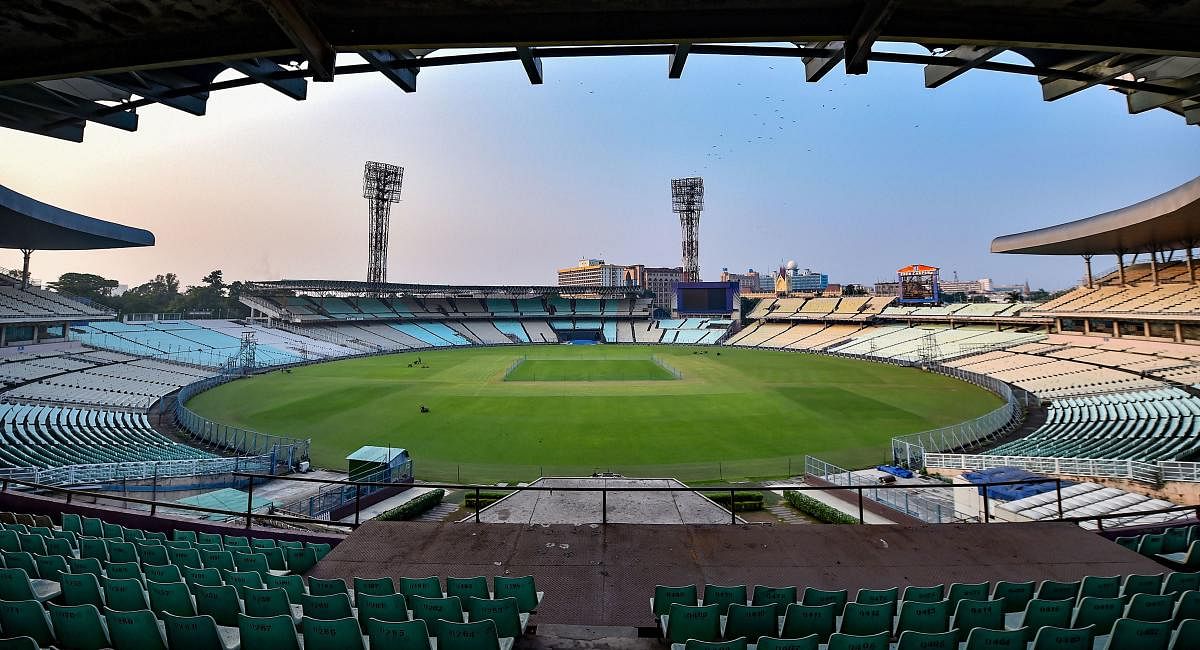The Anil Kumble-headed Cricket Committee of the International Cricket Council, based on the recommendations of the world body's medical team, has barred players from applying saliva on the ball to fight the spread of Covid-19 pandemic, leading many to believe that pace bowlers in particular would be greatly disadvantaged. But these are extraordinary times and they demand radical remedies, even if they appear extreme.
The latest measure to tackle the virus will most likely take reverse swing out of the equation. The understandably concerned bowling fraternity has come up with a slew of suggestions in order to offset the imbalance brought about by the ban on saliva. Some have backed the use of an authorised external substance with which to shine the ball (an idea already rejected by the ICC), while a few others have mooted changing the ball earlier than the mandated 80 overs (in Tests) and using just one ball as opposed to one each from either end (in ODIs).
Former India left-arm spinner Venkatapathi Raju has a unique solution to compensate for the absence of saliva -- schedule matches at home during a particular time of the year when conditions aid a specific type of bowling. During the December-February period, the wintry conditions aid swing and seam bowling in northern (Delhi or Mohali) and eastern India (Kolkata).
This move perhaps may help India reclaim its own "traditional series" a la the Ashes or the ones scheduled around Boxing Day in the southern hemisphere.
''In January, it swings a lot in Kolkata; in Mumbai, it generally plays fair to everyone while in Chennai, it does turn a lot," points out Raju. "A while back, Virat Kohli had suggested that Tests should be played in only a few designated centres. As an extension of that thinking, we should also plan them according to how the conditions at specific venues would be during that time of the year.
"In England, play in the early part of the summer, like June-July, when it swings a lot. And later, you can play white-ball cricket. The concern mainly is about the red ball. Again, as I said, all these have to be tried out to know whether they are feasible or not. You learn on the go," he explains.
Till 1988, India regularly hosted a Test match in Chennai which coincided with the Pongal celebrations. The holiday period, coupled with the craze for Test cricket in this part of the country, made for a great spectacle. Thanks, however, to the BCCI's skewed rotation policy and the ICC's Future Tours Programme, the "Pongal Test" has quietly gone into oblivion.
The Covid-19 situation, Raju feels, has presented India with the opportunity to have their own marquee home series rivalling those of Australia or England.
Last year when India blanked South Africa 3-0, the attendance at the three venues (Visakhapatnam, Pune and Ranchi) was so disappointing that it prompted Kohli to openly call for restricting Test matches to five long-standing centres (Delhi, Kolkata, Mumbai, Chennai and Bengaluru) where the longer format still receives healthy patronage.
While Kohli's appeal found resonance, it's puzzling why the BCCI didn't act on its vision to have "primary home series" (like the ones scheduled around Boxing Day) which it had planned in late 2017. That move was based around the sound logic of why must India always travel to countries like Australia or South Africa or England for their marquee series without reciprocity. The BCCI’s argument was that once every four years or so, these boards could return the favour so that India too could host annual series with fixed venues, pitches and grounds of varying nature and weather patterns. And, needless to say, larger crowds.
"Teams coming to India should know we are going to play at these five centres,” Kohli had said then. “These are the pitches we are going to expect. These are the kind of people… they are going to come to watch. Crowds…. So that becomes a challenge already when you are leaving the shores.”
The current unforeseen and unfortunate predicament may have presented India with the chance to button down a home series with its own unique charm and character.
